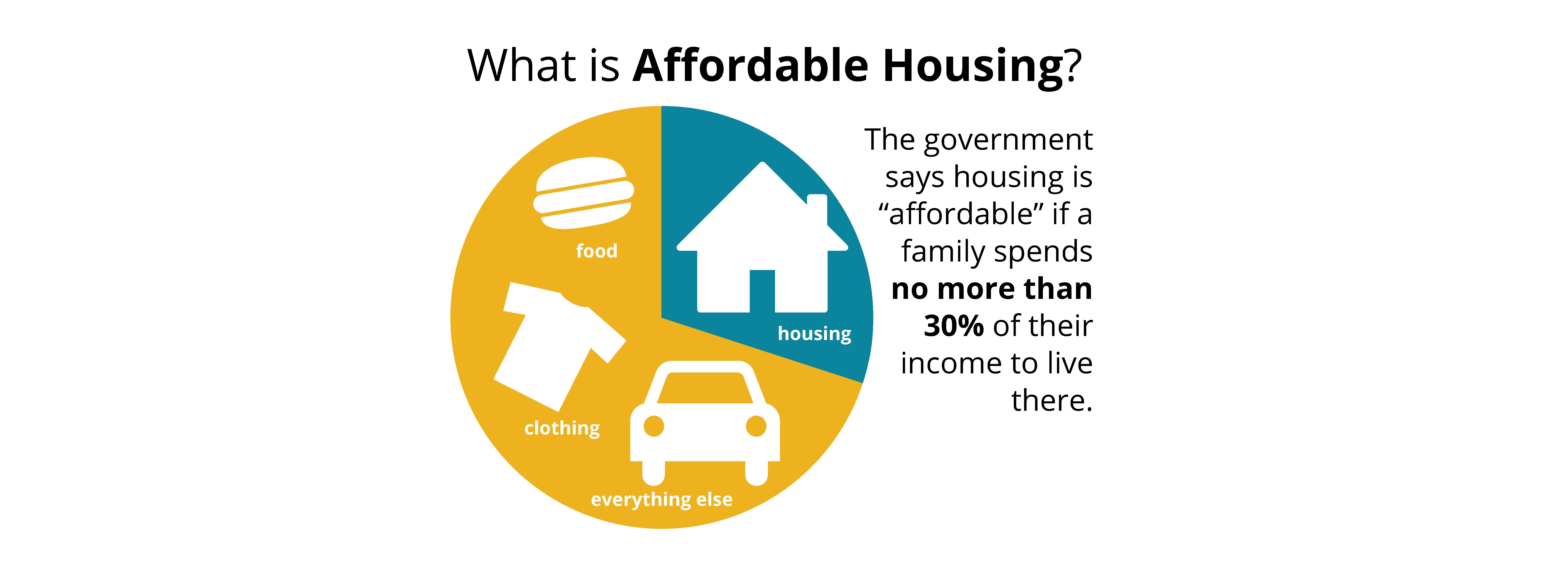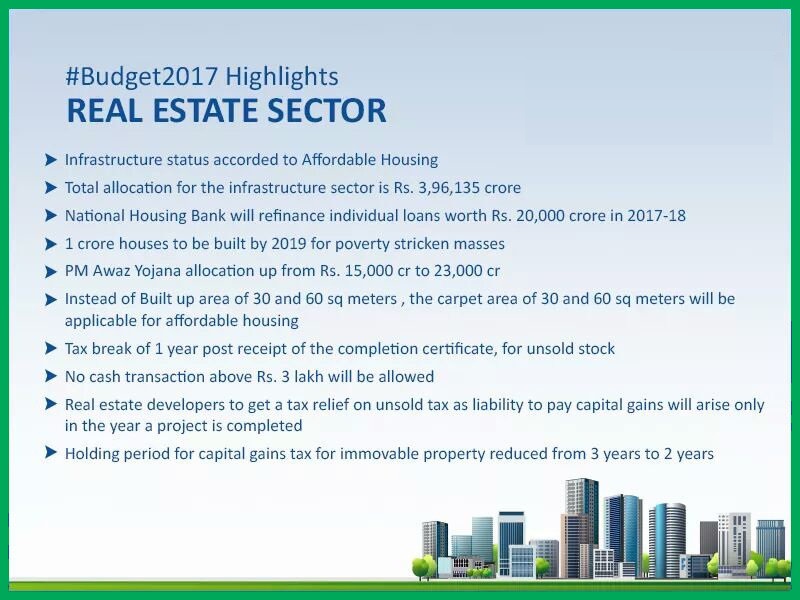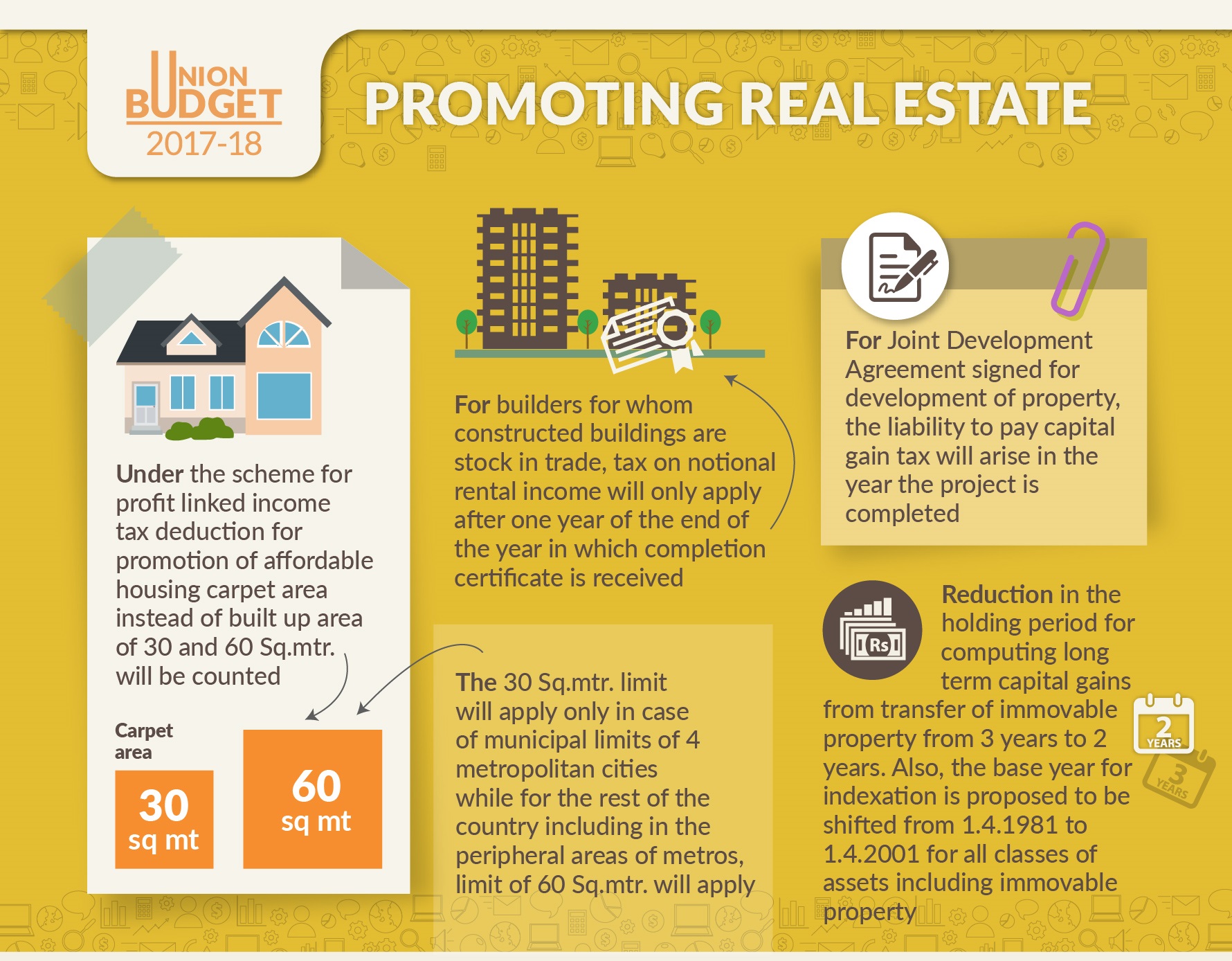Impact of affordable housing schemes on real estate market
The real estate sector in India is experiencing a significant paradigm change that is bringing reforms to the economy and the lives of people. Real estate sector is one of the major contributors to the GDP of the country, is witnessing the impact of cost effective and affordable housing in India.

Affordable housing is being widely recognized as the urgent need of the hour that can solve a country’s housing deficit. Since our country’s urban population is estimated to reach 600 million by the year 2030, the foundation stones of affordable housing schemes have already been laid in the country. An affordable housing scheme aims at providing a cost-effective house to the people of the country in order to let them achieve their dreams of a peaceful living. With such an increase in the population, there is a huge pent-up demand for affordable homes.

The country’s real estate developers have also woken up to the facts and the needs of affordable houses and have got a significant boost from the policies of the government. Talking about the most recent events, the budget proposed by the government this year is focusing on the infrastructure status for affordable housing, which was also a long-awaited demand of the developers. It has also been called a path-breaking budget and experts say that granting this infrastructure to affordable housing is one of the major steps taken as it aims at providing a cheaper source of finance to developers along with opening new and additional avenues to raise funds for the developers.
The PMO is constantly in favor of the affordable housing scheme in the country and is taking prominent steps to improve it day by day. “We propose to facilitate higher investment in affordable housing. Affordable housing will now be given infrastructure status, which will enable these projects to avail the associated benefits,” finance minister Arun Jaitley said recently.
The Union Budget of 2017 has also significantly increased the allocation for the Prime Minister Awas Yojana (PMAY) from Rs 15,000 crore to Rs 23,000 thousand crore which is straightaway a 39 percent raise than the previous year. This is yet another step to bring India closer to releasing the housing for all mission by the year 2022. There are many benefits under the affordable housing scheme by the government, such as the credit-linked subsidy schemes that have increased the loan values up to 1.2 million.
Another big impact of the affordable housing scheme is the relocation of the people of the rural areas. One crore houses are proposed to be built-in rural India for the homeless along with those who are currently living in the ‘kachha’ houses.
The affordable housing scheme is likely to advance by 30 percent over the medium term and will soon be a key growth driver for the mortgage finance market, as per a recent survey by ICRA.
The impact of the affordable housing scheme in the real estate sector has brought some major changes both for the buyer and developers, making the entire housing process a transparent affair.
The Finance Minister also said that “In my budget proposals last year, I had announced a scheme for profit-linked income tax exemption for promoters of affordable housing scheme which has received a very good response.”
In a step to provide housing for all and to make sure that the rights of the buyers are protected, an initiative to differentiate between the carpet area and the super built area has been made.
The carpet area is the area between the walls for which the buyer is required to pay when buying any property. However, the super built area is the rest of the portion including the balcony, lifts, corridors, common spaces etc. With these policies to back them up, the buyers are easily getting their value for money houses. The leading real estate players are thus also encouraged to enter the affordable housing scheme owing to the fact that the built-up area to carpet area will increase the unit size by 20 to 30 percent.

Other government policies facilitate easy and proper access to institutional financing in the country along with a much higher limit on external commercial borrowings in the real estate sector. Since the main focus is to pass on all the benefits of the housing to the customers, it is becoming one of the main reasons for the reduction in prices of housing in the real estate. For example, DDA’s Master Plan Delhi (MPD), proposes the construction of 25 lakh housing units by 2021 by implementing its Land pooling policy in the rural regions.
The ministry of housing and urban development is laying the foundation of various structures under the affordable housing schemes to achieve the expected target of housing for all in the coming years. The minister for housing and urban poverty alleviation (HUPA) M. Venkaiah Naidu is encouraging greater participation of private sector developers in the Centre’s affordable housing for all initiative that is under the Pradhan Mantri Awas Yojna (PMAY).
The affordable housing scheme also includes various tax benefits for the buyers, thus allowing interested developers of such projects to avail loan facilities or get access to institutional funding at much better terms of the agreement. The concreteness and profit of affordable housing are also seen by the fact that many reputed and established developers are moving to build properties this scheme and also tweaking their existing structures to build more compact and affordable houses.
So, the trend of a cost-effective housing scheme is catching up fast as a positive impact of the affordable housing scheme also marks an increased cash flow in this region of the real estate. This is proving equal opportunities to both the buyer and the developer, thus pushing the identity of the real estate sector.
Read More: Affordable Housing -The 'Growth Engine' of Indian Realty Sector
Recent Articles
View All